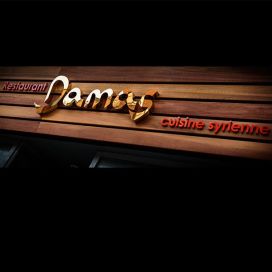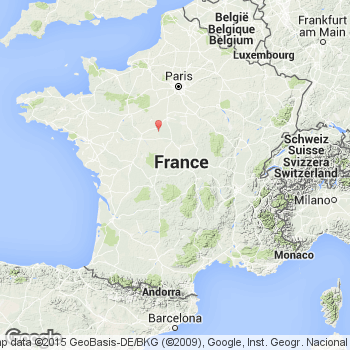
Région: Loire
Appellation: Sancerre.
Sans doute l’appellation le plus connu au monde pour le Sauvignon Blanc.
—-
Unquestionably the most famous place for Sauvignon Blanc in the world.

Viticulture:
Sébastien Riffault c’est un vrai pionnier à Sancerre. Il a hérité les vignes de son père et a tout converti à une agriculture biodynamique. Il croit qu’avec une sol pleine de vie, les maturités des raisins peuvent être pousser plus loin. C’est a dire, il vendange plusieurs semaines plus tard que ces voisins. Le résultat c’est que les raisins sont plus mûres, et une partie ont subi un pourriture ‘noble’ de Botrytis, qui donne des arômes de jasmin et miel.
——
Sébastien Riffault is a pioneer in Sancerre. He inherited the vines of his father and converted to biodynamic agriculture. His belief is that with healthy soils, the grapes can be left on the vines to mature longer than on soils pumped full of herbicides and pesticides, devoid of life. So, he harvests much later than his neighbours do, leading to grapes that are much riper, a portion of which are affected by Botrytis, the so-called ‘noble-rot’ that gives aromas of honey and jasmine.
Vinification:
Les raisins sont pressés et la fermentation et élevage à lieu dans les cuves inox. Rien est ajouté, ni levures ni sucre ni produit chimique, sauf une minuscule 10mg de sulfites à l’embouteillage.
The grapes are pressed directly into stainless steel, where the juice ferments naturally without added yeasts or chemicals, and a tiny 10mg of sulfites are added at bottling.
Dégustation:
Pas un Sancerre typique, qui est souvent minéral, frais, et vif. Ici par contre il y a de la richesse, profondeur, et rusticité. Le fruit éxotique demeure, mais il est transformé: poire, ananas, citronelle confit et mûre, avec un peu de gingembre et romarin. Un soupçon de noisettes devient exaggéré en bouche, à côté d’une poire frais. La bouche est riche et corsé mais pas du tout confituré, il y a beaucoup d’acidité et texture.
—-
The nose is nothing like a typical Sancerre, which is usually mineral, clean, and bright. Here, we are ripe, deep, and wild. The fruit of Sauvignon Blanc is still there: pineapple, a hint of lychee, pear, lemongrass; but it is overripe and bruised, like a tropical fruit marmalade with ginger and rosemary. There is a hint of nuttiness as well, toasted walnuts as well. The nuttiness, which is a mark of oxidative winemaking, is even stronger on the palate, which shows the pear from the nose, but fresh fresh fresh. None of the jammy fruit we were expecting. Full bodied, high acidity, lots of texture, and a long finish.





